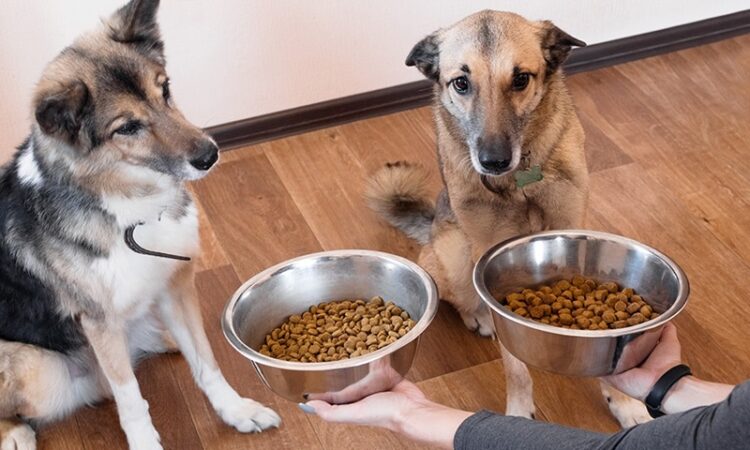
Freeze-dried dog food is currently one of the pet food market’s fastest-growing subsectors. Freeze-dried dog food is considered a low-temperature dehydration procedure. You freeze the food and drop the pressure of the food as you do. The multi-step drying procedure entails removing moisture and ice from the food as it freezes. Freeze-dried dog food is a terrific way to ensure they get the necessary nourishment.
How to Choose Freeze-Dried Dog Food.
Dog owners frequently choose freeze-dried food because it is convenient and maintains the nutritional value of fresh food. Here is a tip on how to choose freeze-dried food for your dog if you intend to do so.
- Complete Nutrition.
If you’re giving your dog a freeze-dried meal as their entire diet, seek a product that offers complete nutrition. Choose a freeze-dried dog food that satisfies your dog’s nutritional requirements from the many brands and varieties on the market.
- Proper storage.
The freeze-dried dog food should be kept in an airtight bag or container in a cool, dry location. Avoid keeping it in moist or humid regions since moisture might cause the food to go bad.
- Amount of the Portion.
You must alter the serving amount, as freeze-dried dog food contains more nutrients than kibble. Refer to the feeding instructions on the container or speak with your pet’s vet to find the ideal portion size for your dog.
- Rehydrate the food before feeding.
Refer to the directions on the packaging to determine how much water to add. One to two parts of water are often required for every part of freeze-dried food. Give the food a few minutes to absorb the water by letting it sit.
- Serve at room temperature.
The rehydrated freeze-dried dog food should be served warm. Serving it straight from the freezer or refrigerator should be avoided because the cold meal may upset your pet’s stomach.
What to Avoid.
There are a few things you need to avoid in freeze-dried dog food.
- Artificial minerals and vitamins.
Freeze-dried dog foods should be prepared with high-quality, natural ingredients, mainly because freeze-drying doesn’t cause the food to lose nutrients. The presence of synthetic vitamins and minerals in the ingredient list indicates low-quality base components.
- High-fat content.
Certain foods that are freeze-dried are particularly fatty. Although your dog needs fat, you should keep the fat percentage in the food between 10 and 20 percent.
- Starches
Many meals contain starchy components that increase your dog’s diet with unnecessary carbohydrates. Avoid food containing wheat, potatoes, carrots, flour, and squash.
Types of freeze-dried dog food.
- Freeze-Dried Raw Dog Food.
This particular brand of freeze-dried dog food is prepared with fresh vegetables, fruits, and raw meat. Given its substantial protein, this dog food is a fantastic choice for dogs with food allergies or sensitivities.
- Freeze-Dried Dog Food with Limited Ingredients.
This kind of freeze-dried dog food is prepared with only a few high-quality ingredients. This kind of dog food is excellent for dogs with food allergies.
- Freeze-Dried Dog Treats.
Meats, such as beef, chicken, or fish, are freeze-dried and used to make dog treats. These treats are usually low in calories and are a terrific choice for training dogs.
Contact Paws Food Express for a Reliable Supply of Safe and Nutritious Dog Food Diets in Houston.
Freeze-dried dog food can be a perfect pick for dog owners searching for a simple and wholesome diet alternative. Follow the instructions from Paws Food Express to ensure your dog benefits the most from their freeze-dried food. Try freeze-dried dog food from Paws Food Express, Houston’s best supplier!

